The accident experts in Sindelfingen also now work more proactively than in the past, for example by serving as consultants who help to design safe electric vehicles. “That’s our job — to derive new safety requirements from the data we collect on actual accidents,” Bürkle explains. “We address questions such as: At which locations in the vehicle should we avoid installing high-voltage components because these areas are often damaged in accidents? Or: How can a vehicle recognize that it’s currently involved in an accident that requires the high-voltage or 48-volt systems to be shut down?”
The knowledge the accident researchers have gained to date is in any event promising. For example, the relevant electrical systems shut down perfectly in all the electric and hybrid vehicles from Mercedes-Benz that have been involved in an accident and were subsequently examined. Naturally, it’s also the case that the experts’ wealth of knowledge increases as more and more electric vehicles are put on the road — and accident research relies on exactly this experience. “The personnel fluctuation in our team is quite low, which shows that our job is extremely multifaceted — no day is like any other,” says Bürkle, who has led the team since 2001. Prior to that, he worked as an accident researcher at a vehicle inspection company, where he sometimes served as a court expert as well.
There is, however, one important difference between working as a traffic accident expert for the criminal justice system and analyzing accidents for Mercedes-Benz. This difference is important to Stefan Sellner as well. Before taking a closer look at the dented white E-Class Coupe, he said a few words that stick in the memory: “We’re never interested in the question of who’s fault the accident was. We don’t want to know if someone failed to yield, for example, or was driving too fast. What we want to find out is what we still have to do to ensure that nobody else suffers serious injury when they’re involved in an accident. That’s all we’re interested in.”
,xPosition=0,yPosition=0.5)
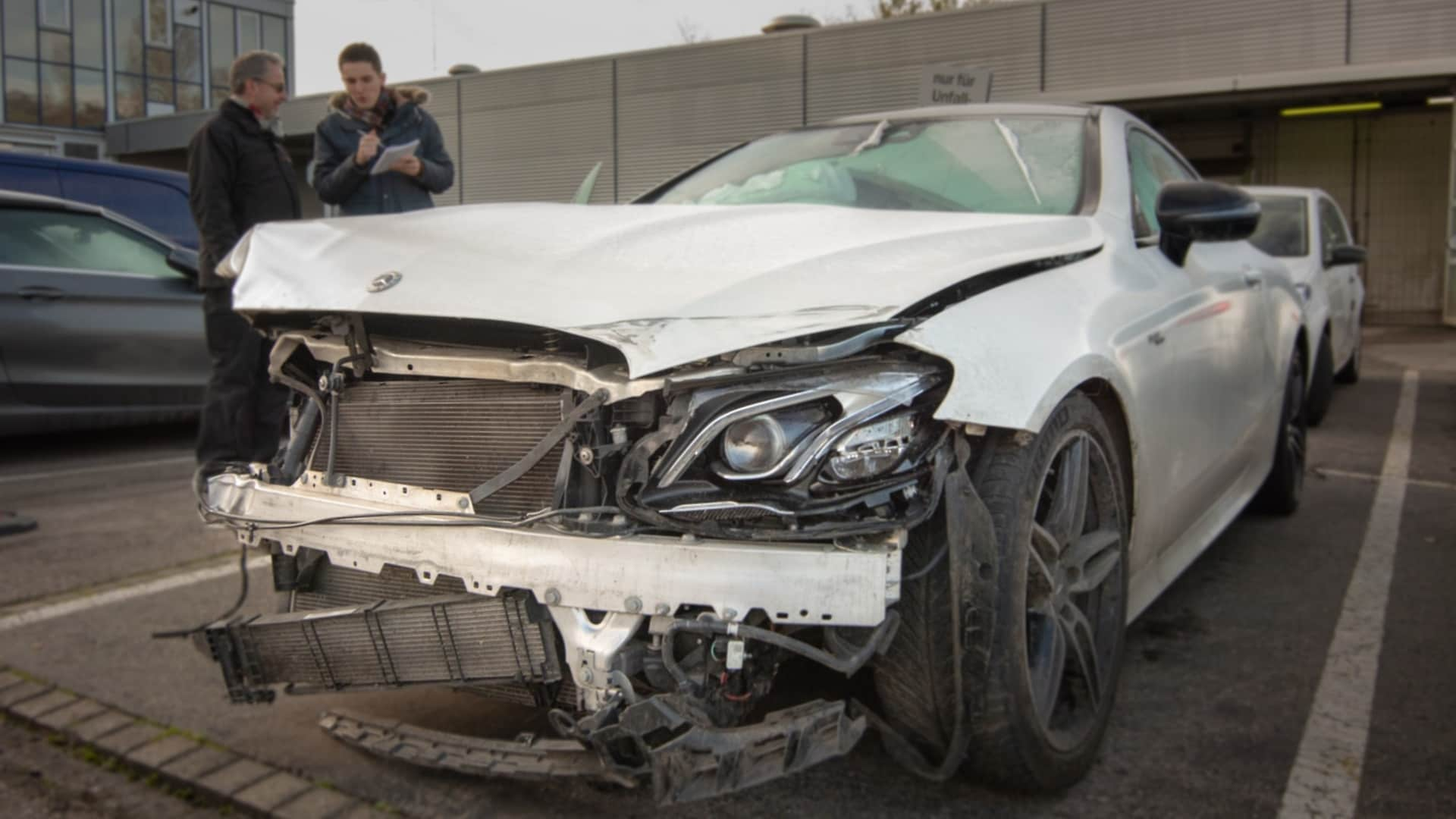

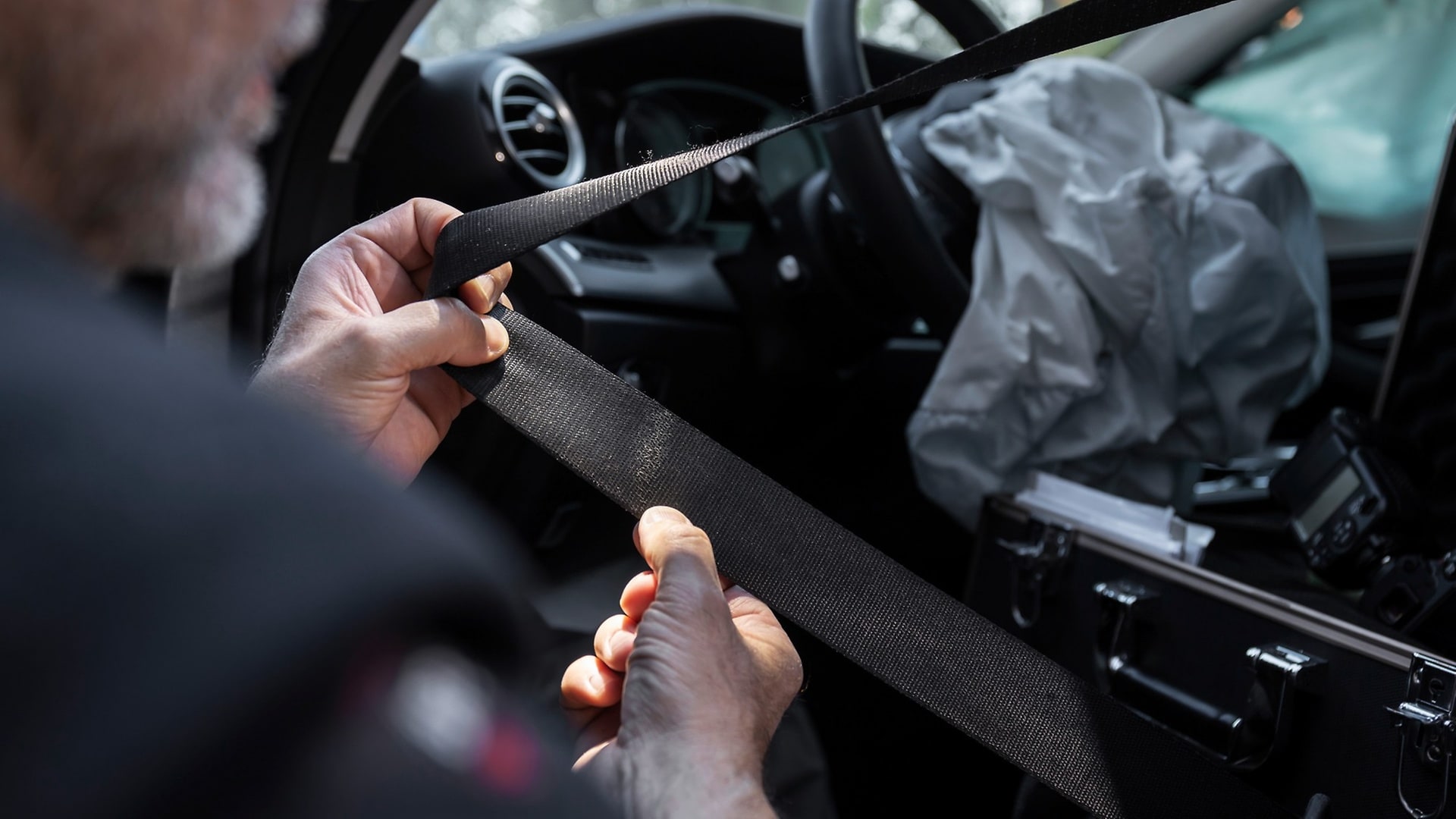





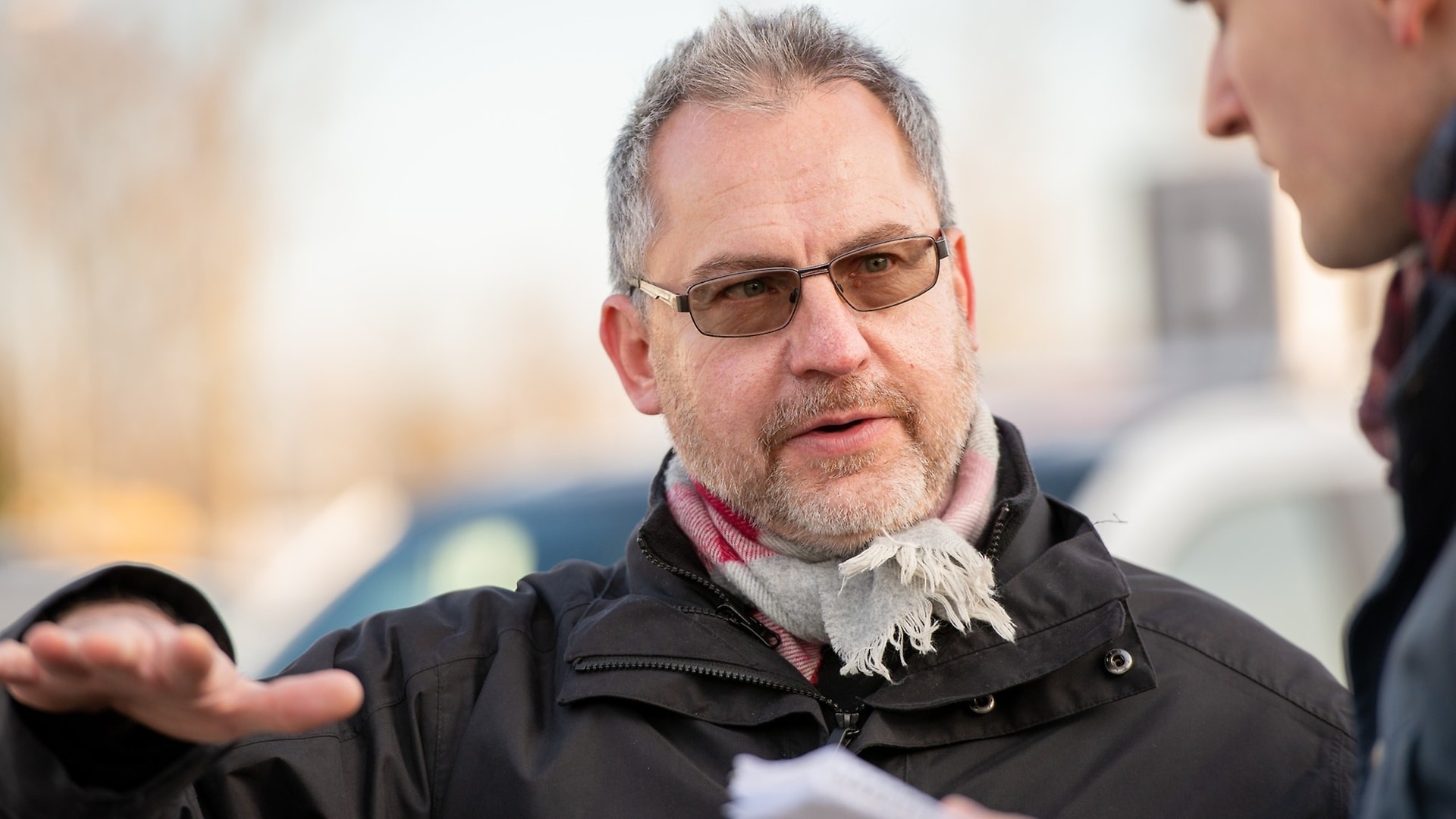
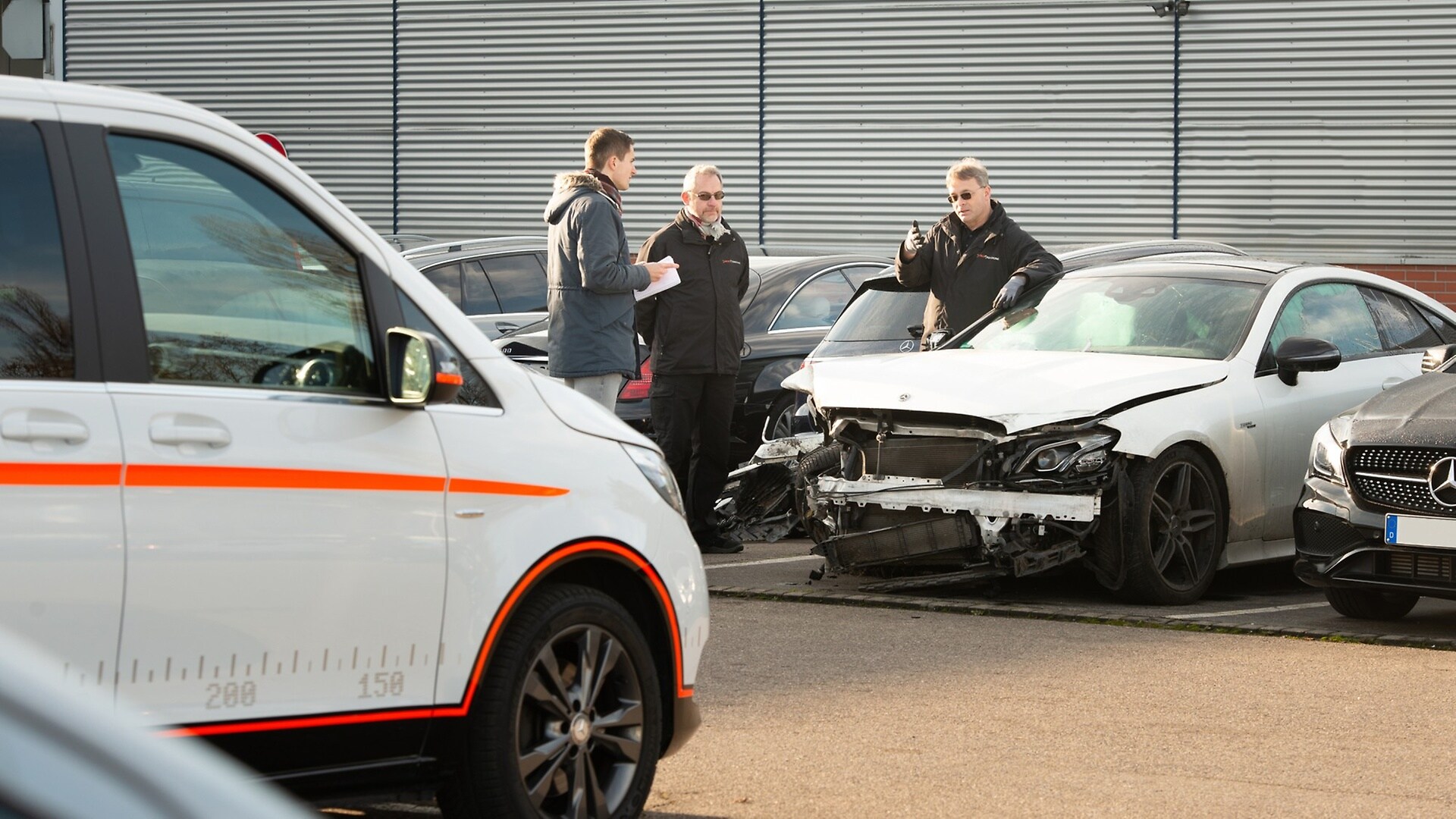








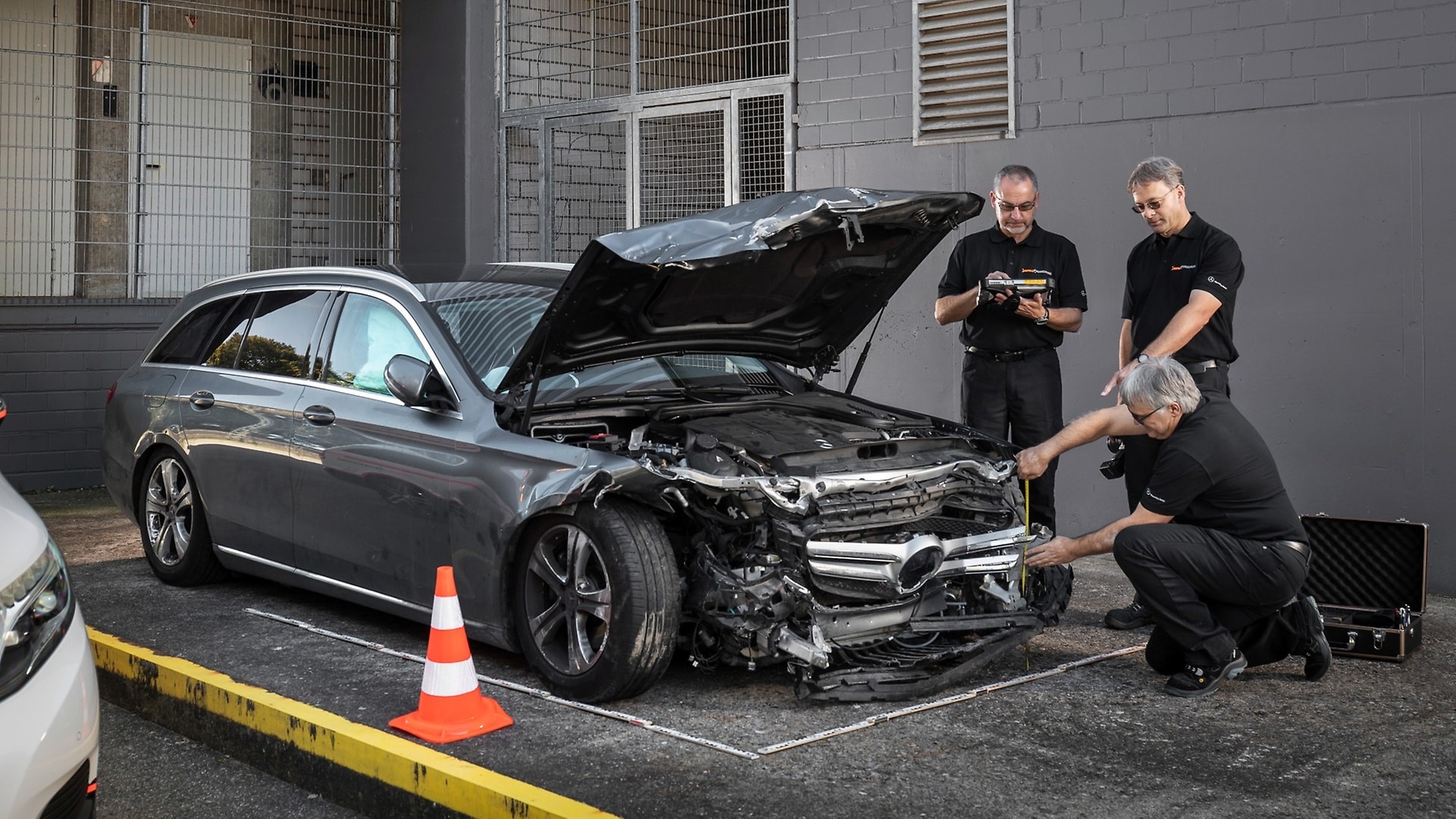



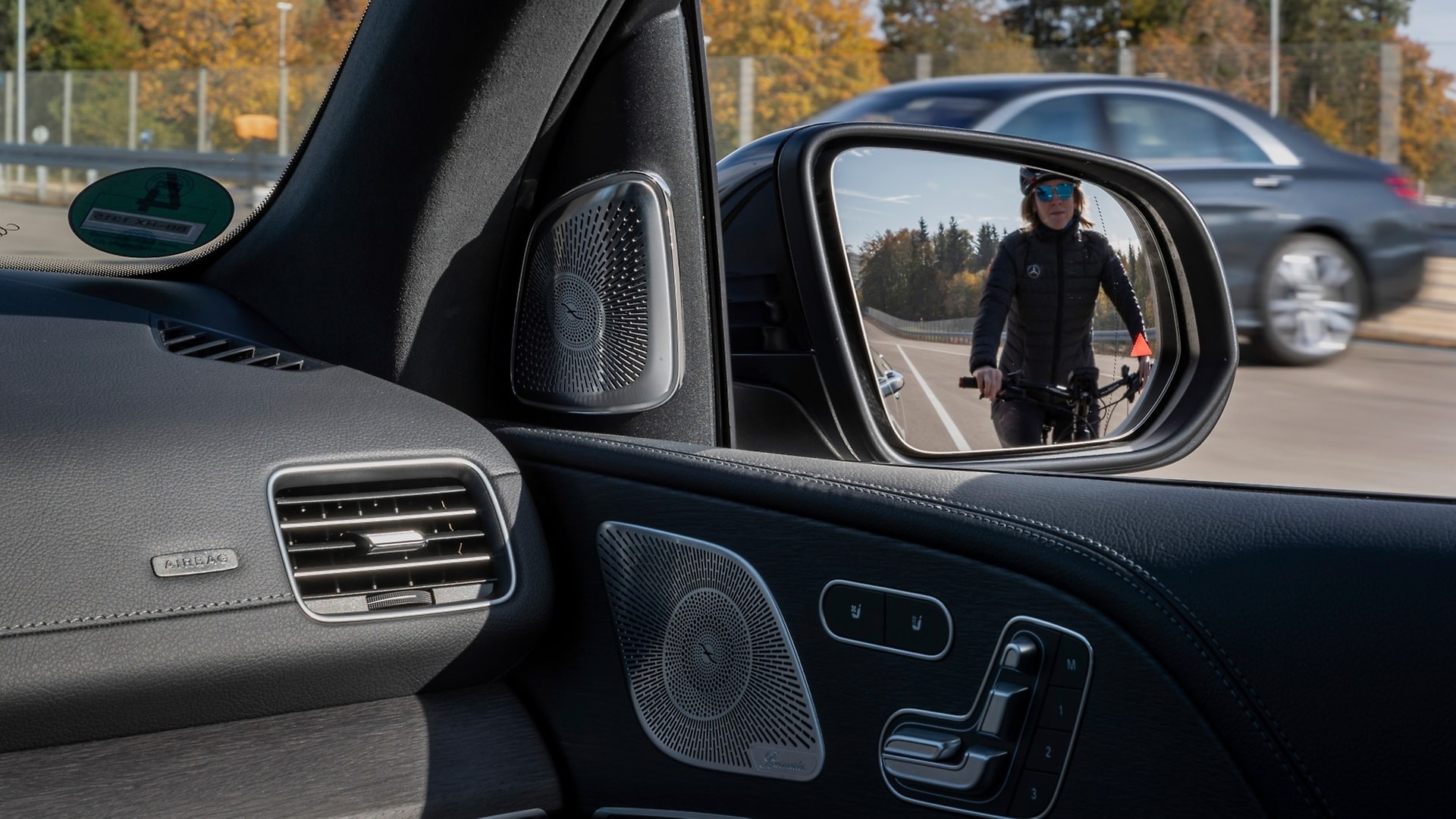




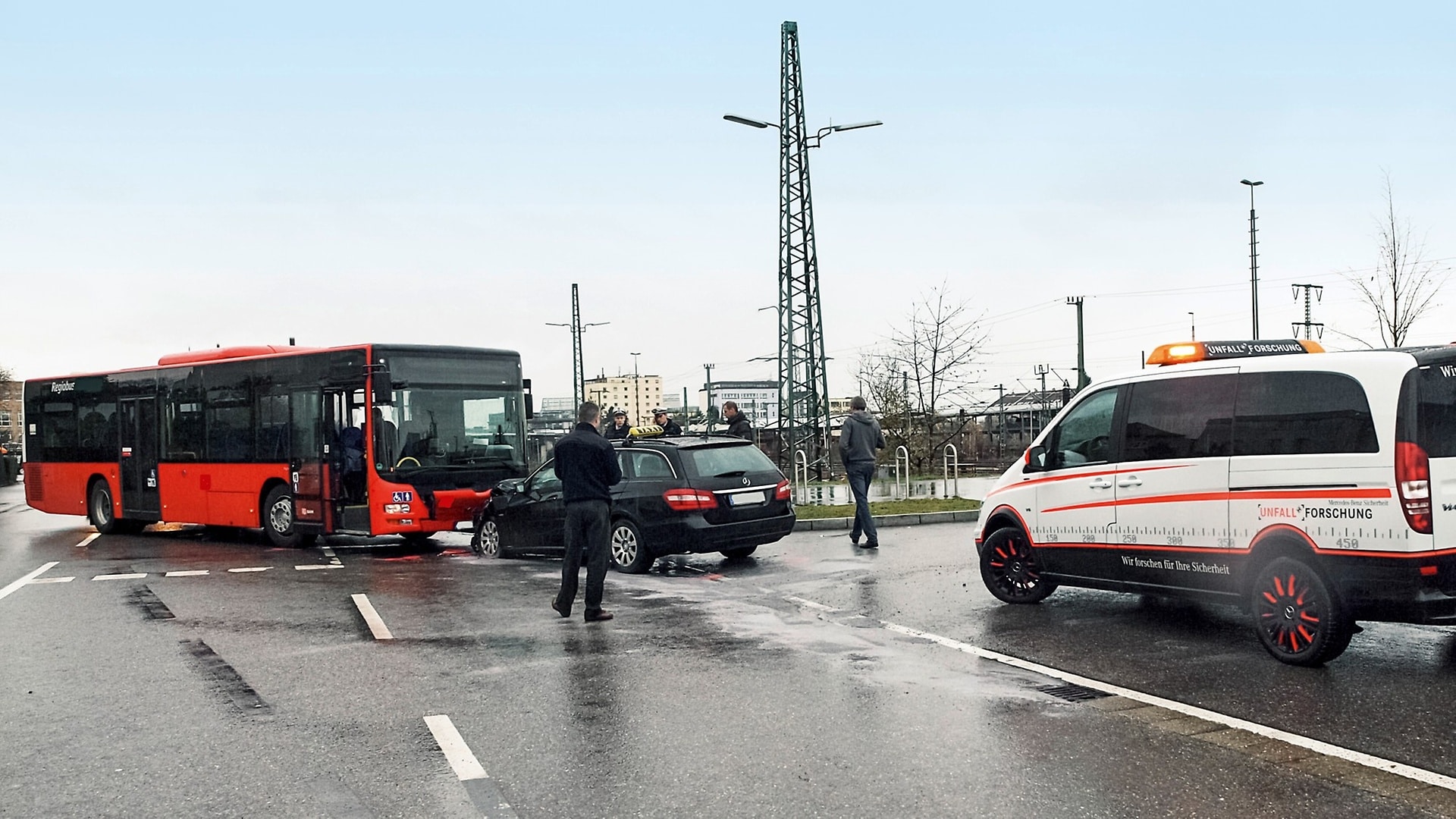






,xPosition=0.5,yPosition=0)
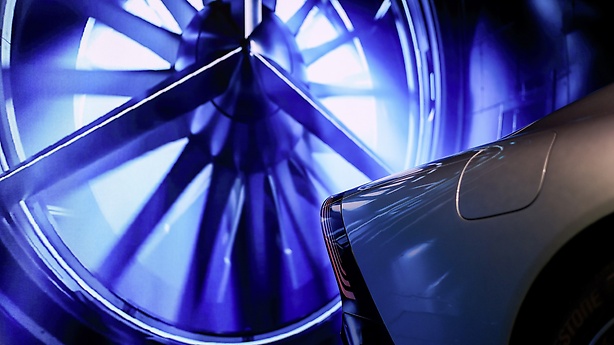,xPosition=0.5,yPosition=0)